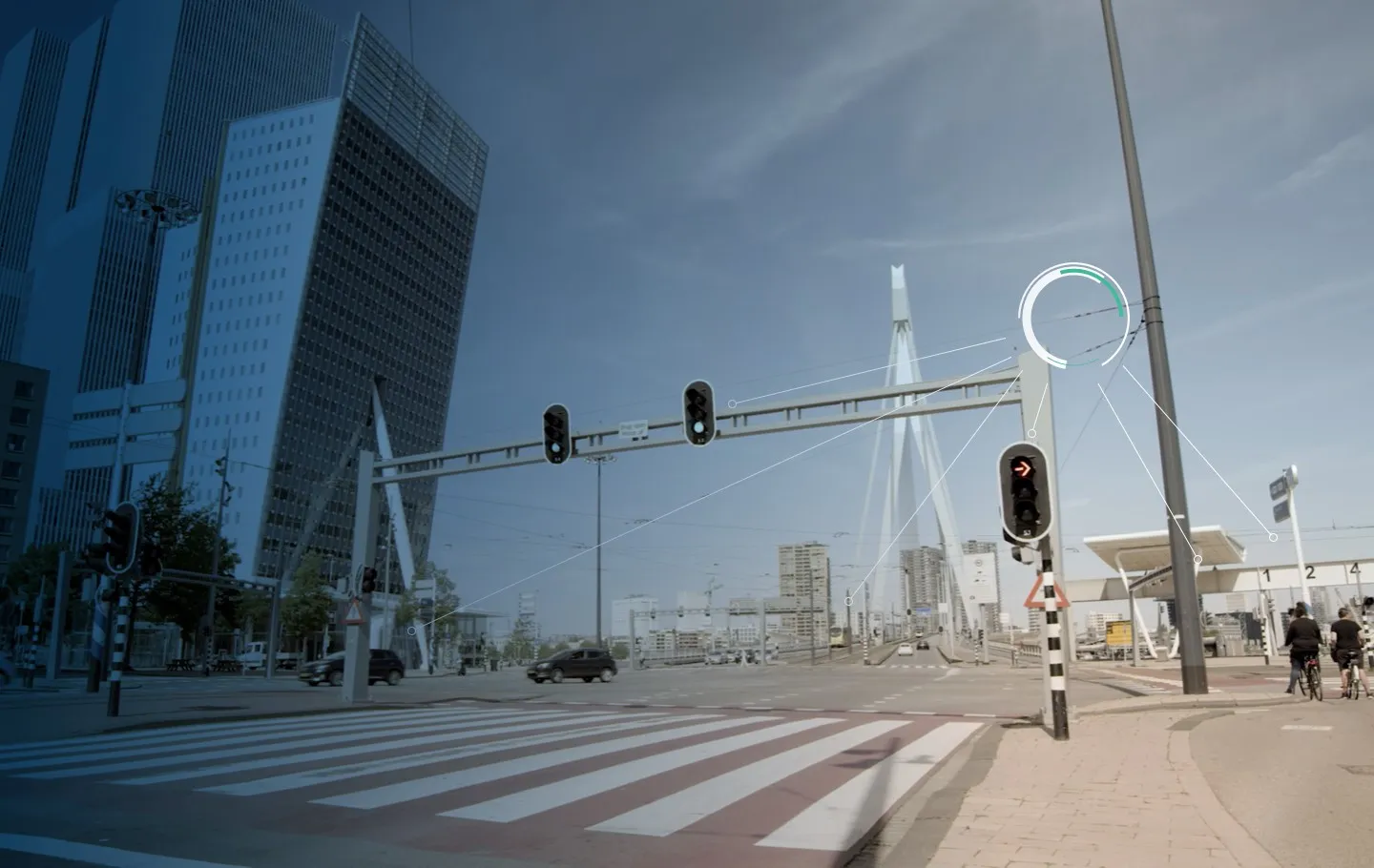The five-year contract covers the installation of an integrated management system for road assets and three tunnels: Legacy Way (4.6km), Airport Link (6.7km) and Clem7 (4.8km) located in Brisbane, the state capital. The centre is expected to help improve the efficiency and safety of the road network.
Indra says its integrated tunnel management platform
Horus – part of Indra’s Mova Traffic solutions portfolio – will provide information in real-time to Transurban to help manage traffic operations on the network.
According to Indra, the solution can incorporate big data and cooperative ITS as well as collect current and historical traffic data to facilitate analysis for making decisions on mobility.
Indra to manage Transurban’s Australian road assets
Indra is to integrate the management of Transurban Queensland’s road assets in the Australian state into a single control centre.
The five-year contract covers the installation of an integrated management system for road assets and three tunnels: Legacy Way (4.6km), Airport Link (6.7km) and Clem7 (4.8km) located in Brisbane, the state capital. The centre is expected to help improve the efficiency and safety of the road network.
Indra says its integrated tunnel management platform Horus will centrall
July 19, 2019
Read time: 2 mins










